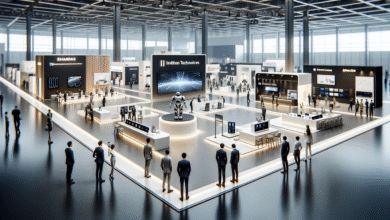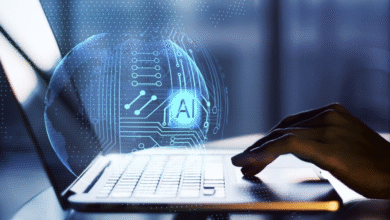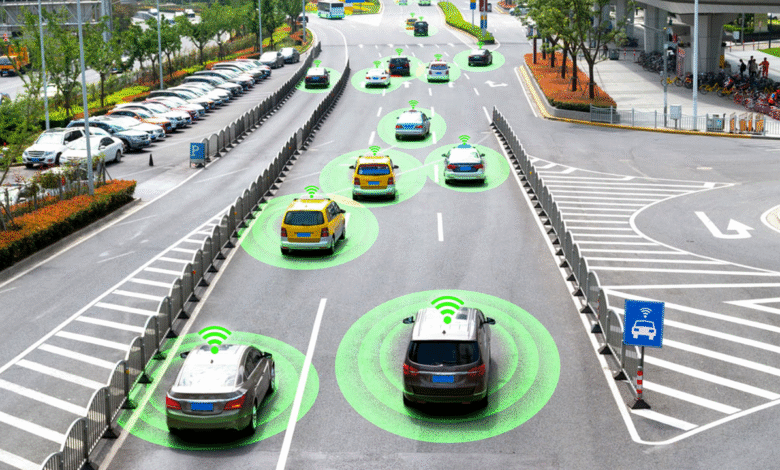
The way we move from one place to another is undergoing a dramatic transformation, driven by advancements in technology. From electric vehicles to autonomous drones, the future of transportation promises to be faster, safer, and more sustainable than ever before. In this article, we will explore the latest innovations shaping the future of mobility and their potential impact on society, the economy, and the environment.
Read More: Tech for Good: Addressing Global Challenges with Innovation
Future of Transportation: Tech Innovations in Mobility

Transportation is undergoing a profound transformation, driven by technological advancements that promise to revolutionize how we move people and goods. The future of transportation holds immense potential to address critical challenges such as urban congestion, environmental sustainability, and accessibility. In this article, we’ll explore various technological innovations shaping the future of mobility and their implications for society, the economy, and the environment.
Electric Vehicles (EVs)
Electric vehicles (EVs) have emerged as one of the most promising solutions to reduce carbon emissions from transportation. With advancements in battery technology, EVs now offer longer driving ranges and faster charging times, making them more practical for everyday use. The widespread adoption of EVs not only reduces our reliance on fossil fuels but also contributes to cleaner air and lower greenhouse gas emissions.
Autonomous Vehicles (AVs)
Autonomous vehicles (AVs) represent the next frontier in transportation technology. These self-driving cars and trucks have the potential to revolutionize the way we commute, offering increased safety, efficiency, and convenience. However, the widespread deployment of AVs faces significant challenges, including regulatory hurdles, safety concerns, and public acceptance. Overcoming these challenges will be crucial to realizing the full potential of autonomous transportation.
Hyperloop and Maglev Trains
Hyperloop and Maglev trains are futuristic transportation concepts that promise to redefine long-distance travel. Hyperloop, a high-speed transportation system using vacuum tubes, could potentially reduce travel times between major cities to mere minutes. Maglev trains, which use magnetic levitation to propel trains at high speeds, offer an efficient and environmentally friendly alternative to traditional rail transport. These innovations have the potential to revolutionize intercity travel and reshape the transportation landscape.
Urban Air Mobility (UAM)
Urban air mobility (UAM) is another exciting area of innovation, with the concept of flying cars and drones capturing the imagination of the public. While UAM presents numerous technical and regulatory challenges, it offers the potential to alleviate urban congestion and provide faster, more efficient transportation options for city dwellers. However, significant investments in infrastructure and regulatory frameworks will be required to realize the full potential of UAM.
Mobility as a Service (MaaS)
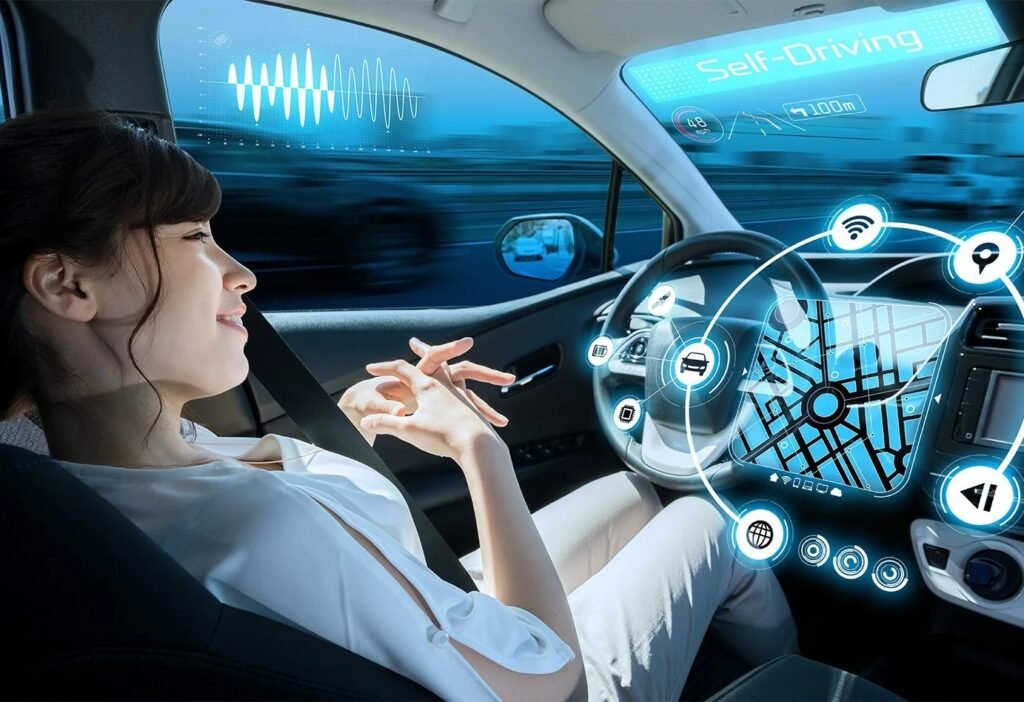
Mobility as a Service (MaaS) is a concept that aims to integrate various modes of transportation into a seamless, user-centric platform. By leveraging technology and data analytics, MaaS enables users to access different transportation options, from public transit and ridesharing to bike-sharing and scooters, through a single app. This approach not only improves the efficiency of transportation networks but also enhances the overall user experience and reduces reliance on private car ownership.
Sustainability and Environmental Impact
One of the most significant challenges facing the transportation sector is its contribution to climate change and air pollution. Tech innovations such as electric vehicles, renewable energy-powered transportation, and smart infrastructure offer promising solutions to reduce the environmental impact of transportation. By transitioning to cleaner, more sustainable transportation options, we can mitigate the adverse effects of climate change and create a healthier, more livable planet for future generations.
Cybersecurity and Data Privacy
As transportation becomes increasingly connected and autonomous, cybersecurity and data privacy have emerged as critical concerns. The risk of cyber-attacks on connected vehicles and infrastructure poses significant threats to passenger safety and privacy. It is essential to implement robust cybersecurity measures and regulations to safeguard against potential threats and ensure the integrity and security of transportation systems.
Last-Mile Solutions
The last mile of transportation remains a significant challenge in urban areas, with limited options for efficient and sustainable connectivity. Innovative solutions such as micro-mobility services, delivery drones, and autonomous shuttles offer promising solutions to bridge the gap between transportation hubs and final destinations. By addressing the last-mile challenge, we can improve the accessibility and efficiency of transportation networks and reduce congestion and emissions in urban areas.
Impact on Society and Economy
The tech-driven transformation of transportation has far-reaching implications for society and the economy. From job creation and economic growth to increased accessibility and equity in transportation, these innovations have the potential to reshape our cities and improve the quality of life for millions of people. By embracing these innovations and overcoming the associated challenges, we can create a more inclusive, sustainable, and prosperous future for all.
Challenges and Limitations
Despite the promise of tech innovations in mobility, several challenges and limitations need to be addressed. Regulatory hurdles, infrastructure requirements, and ethical considerations pose significant barriers to widespread adoption. It is essential to address these challenges through collaboration between governments, industry stakeholders, and the public to ensure the successful deployment and integration of new transportation technologies.
Collaboration and Partnerships
Collaboration between the public and private sectors is crucial for driving innovation in transportation. By fostering partnerships between governments, research institutions, startups, and industry leaders, we can accelerate the development and deployment of transformative transportation solutions. Collaboration allows us to leverage complementary expertise, resources, and perspectives to address complex challenges and unlock new opportunities for innovation and growth.
Future Trends and Predictions
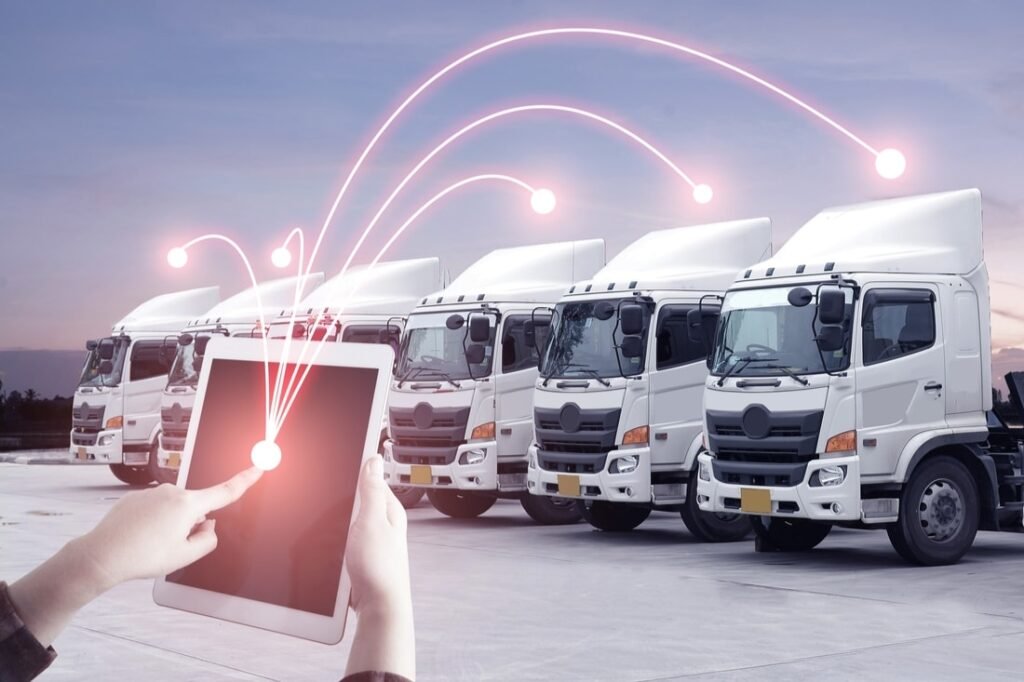
Looking ahead, the future of transportation is full of exciting possibilities. Emerging trends such as electric aviation, autonomous delivery vehicles, and space travel are poised to reshape the way we think about mobility. With continued investment in research and development, we can unlock the full potential of these technologies and create a more connected, sustainable, and resilient transportation system for the 21st century and beyond.
Read More: Future of Mobility: Tech Innovations in Transportation
FAQs
- What are the main challenges facing the adoption of autonomous vehicles? The main challenges include safety concerns, regulatory hurdles, public acceptance, and the need for significant infrastructure upgrades to support AV technology.
- How do tech innovations in transportation contribute to sustainability? Tech innovations such as electric vehicles, renewable energy-powered transportation, and smart infrastructure help reduce greenhouse gas emissions and air pollution, leading to a more sustainable transportation system.
- Will flying cars become a reality in the near future? While flying cars are still in the experimental stage, significant progress has been made in developing electric vertical takeoff and landing (VTOL) aircraft. However, regulatory approval, infrastructure development, and safety concerns remain significant barriers to widespread adoption.
- What role do governments play in shaping the future of transportation? Governments play a crucial role in setting regulations, investing in infrastructure, and fostering innovation in transportation. By providing incentives for sustainable transportation solutions and supporting research and development, governments can accelerate the transition to a more efficient and environmentally friendly transportation system.
- How will tech innovations in mobility affect traditional industries like automotive and public transit? Tech innovations in mobility have the potential to disrupt traditional industries such as automotive and public transit. While some companies may struggle to adapt to the changing landscape, those that embrace innovation and invest in new technologies are likely to thrive in the future transportation market.
The Final Words
The future of transportation holds immense promise for addressing some of the most pressing challenges facing our society today. From electric vehicles and autonomous drones to hyperloop trains and urban air mobility, the possibilities are endless. By embracing these innovations and working collaboratively to overcome the associated challenges, we can create a safer, more efficient, and environmentally friendly transportation system that benefits all members of society.


